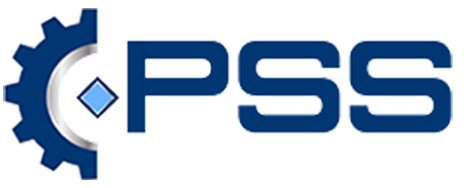In most PSM Covered Processes, the predominate training method is some form of blended learning whereby the training is a combination of classroom combined with hands on or on-the-job training (OJT). In fact, blended learning, in most cases, is the most effective. However, what is also fairly evident from incident investigations, is that this training can be inconsistent on what is delivered to the trainee. If the same person was the one providing the OJT instructions, then evaluations of understanding of the training provided was also consistent, whether good or bad. To determine the effectiveness of training we need to ensure we have a good basis for that evaluation and that begins with a consistent method of delivery. Secondly, the resources used in the training need to be consistent and more importantly, accurate. For example, training must be provided on the operating procedures. If the operating procedures are lacking in sufficient detail, then so will the training, or it will be based on the person’s knowledge providing the training. Most operators do not have written procedures with or next to them when they are operating the plant. At the same time, operators will refer to the procedures as needed and most often when they have not done something for some time and need a refresher. It would stand to reason then, that the procedures need to be very detailed for both the “new” operator, and for the operators as they refer to them as needed.
The best way to determine effectiveness of your training is through an evaluation of understanding. This does not always need to be a written test, nor does it need to be graded. Too many times we think that getting a passing score on a test is proof we understood the material. In fact, most quizzes we see in industry that are designed to address evaluation of understanding are not that challenging at all, since the quiz is designed to get people to pass. If that is the case, that is not evaluation of understanding at all. It is far better to be challenging on your evaluation of understanding and not provide a grade than to make it easy for the trainee to pass. If you know where knowledge or understanding is lacking, then you know where your training gaps are, and you can begin then to improve your training processes.

